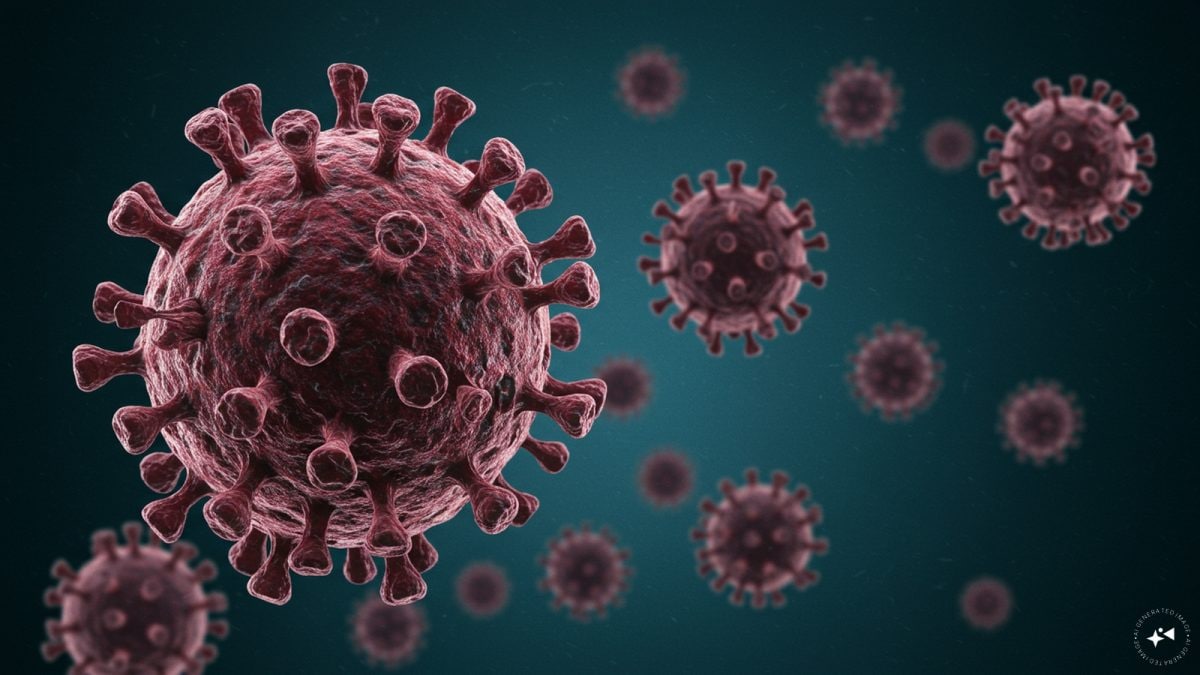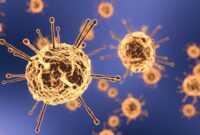A paper published in Nature Communications says that scientists at the Peter Doherty Institute for Infection and Immunity in Melbourne have tapped into mRNA technology to locate the AIDS virus and thereby fully clear it from an infected body
read more
Scientists have seemed to have found a breakthrough in curing the deadly HIV AIDS, which will force the virus out of blood cells.
The possible cure tackles the HIV’s ability to conceal itself in white blood cells, capable of reactivation, rendering any treatment or drug useless to deal with the virus.
A paper published in Nature Communications says that scientists at the Peter Doherty Institute for Infection and Immunity in Melbourne have tapped into mRNA technology to locate the AIDS virus and thereby fully clear it from an infected body.
For the first time, researchers have demonstrated that mRNA can be delivered into the cells harbouring hidden HIV by encasing it in a specially designed microscopic fat bubble. Once inside, the mRNA prompts the cells to expose the dormant virus.
Dr Paula Cevaal, the co-author of the study, said the employment of mRNA technology in the type of white blood cell that is home to HIV was earlier thought to be “impossible” as those cells did not take up the fat bubbles, or lipid nanoparticles (LNPs) that are used to carry them.
Our hope is that this new nanoparticle design could be a new pathway to an HIV cure,” Cevaal said, adding that her team has developed a new type of LNP that those cells will accept, known as LNP X.
However, more research is required to determine whether merely exposing the virus is sufficient for the immune system to eliminate it, or if this approach needs to be paired with other treatments to fully eradicate HIV from the body.
“In the field of biomedicine, many things eventually don’t make it into the clinic – that is the unfortunate truth; I don’t want to paint a prettier picture than what is the reality. But in terms of specifically the field of HIV cure, we have never seen anything close to as good as what we are seeing, in terms of how well we are able to reveal this virus,” Cevaal said.



















